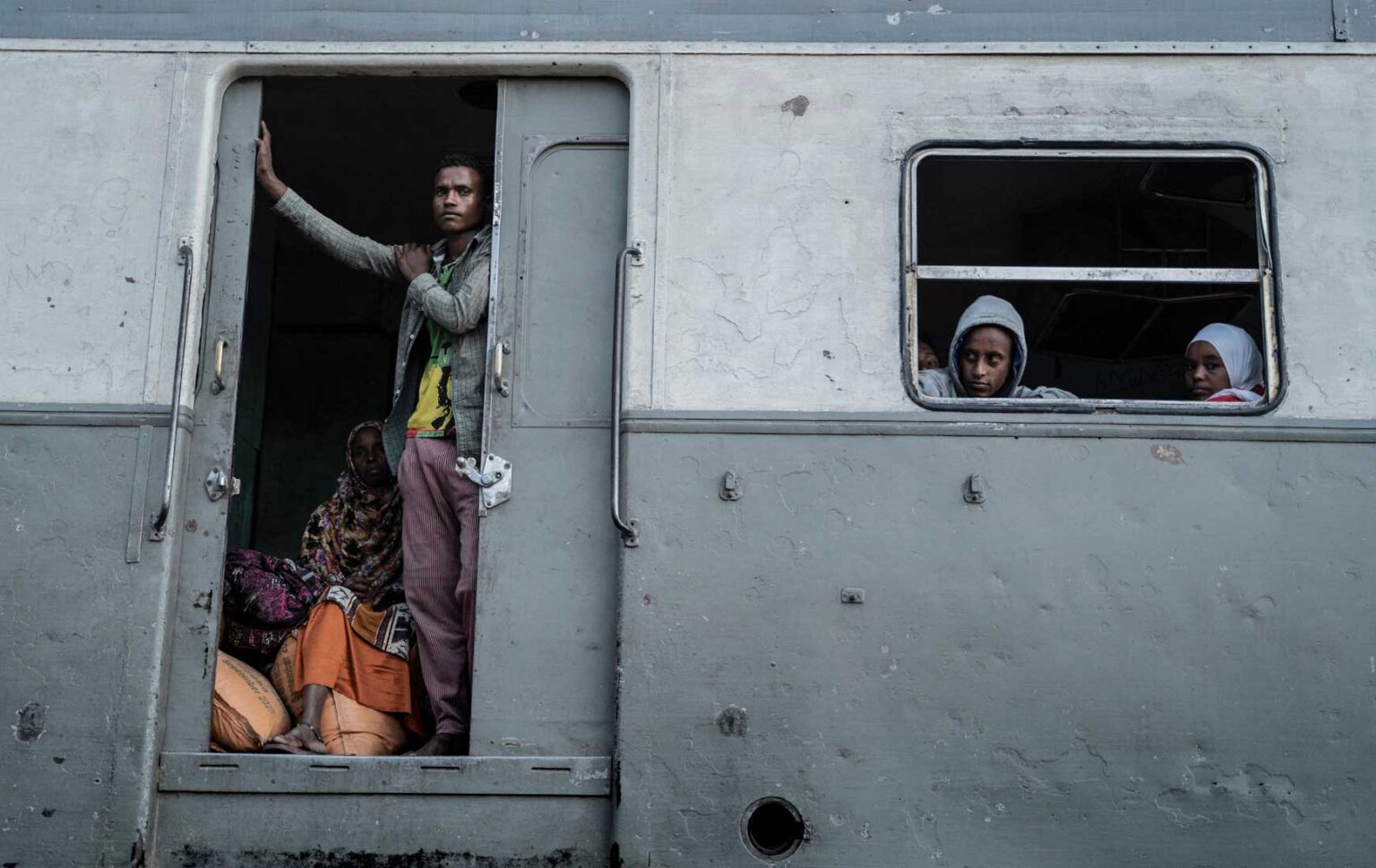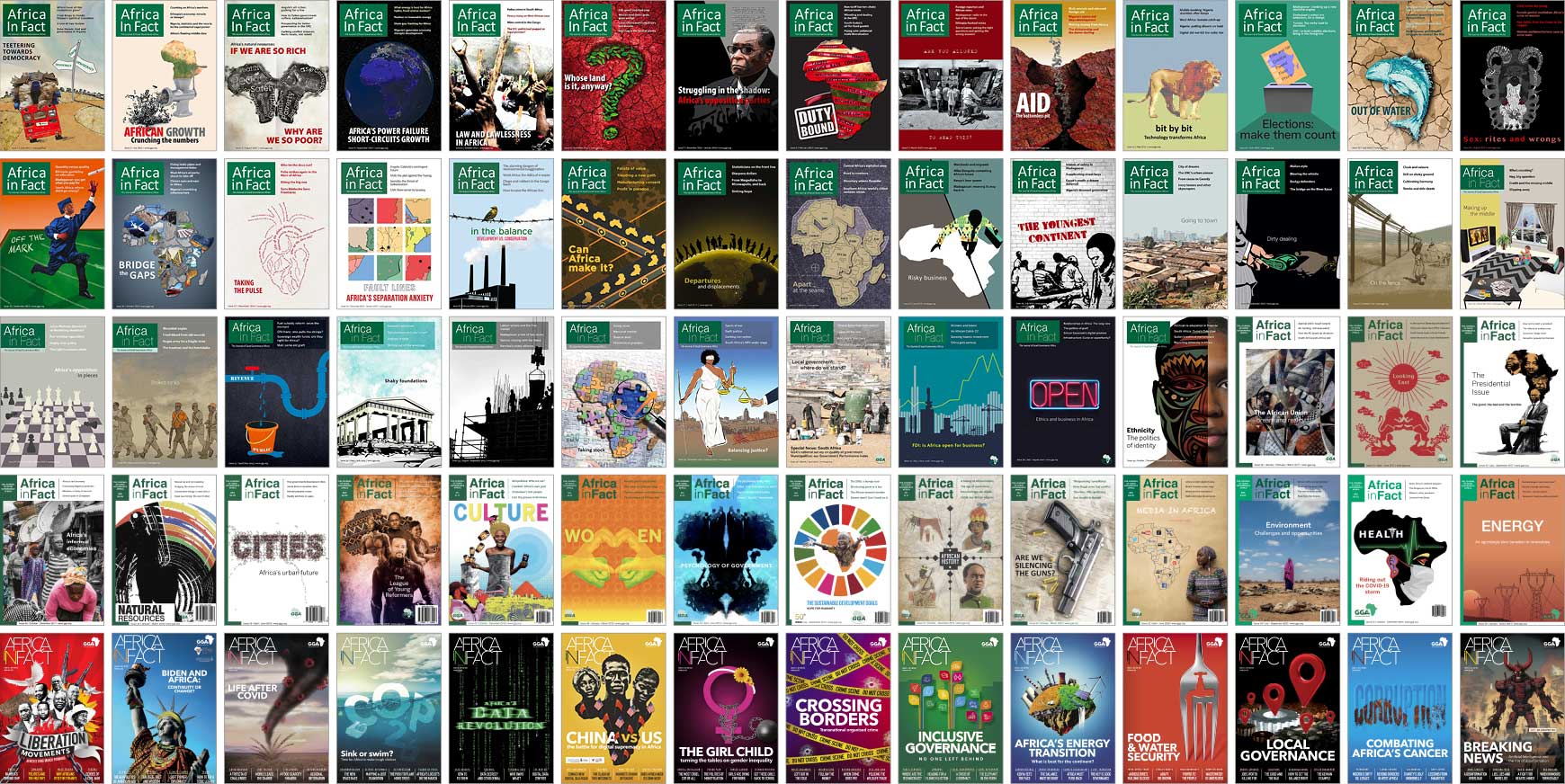There is extensive literature on transportation, and given the rapid urbanisation in Africa, public transportation will play a significant role in the continent’s evolution. But to what extent does gender influence the use of public transportation? And to what extent are these experiences taken into consideration when formulating transport policies? For women living in African cities, the use of public transport can be a daunting experience.
Due to the lack of reliable transport services, women in African cities rely more heavily on informal or para-transit systems than their counterparts in developed countries, who primarily depend on formal public transportation systems. These differences expose women in African cities to unique and multifaceted challenges. For instance, African women are less likely to use motorcycles, avoid travelling during certain hours due to fear of sexual harassment, limit walking distances, and face restricted access to household income. These gendered mobility constraints have significant implications for the framing and planning of African cities. If these challenges are not addressed, they risk perpetuating or deepening existing economic and social inequalities.
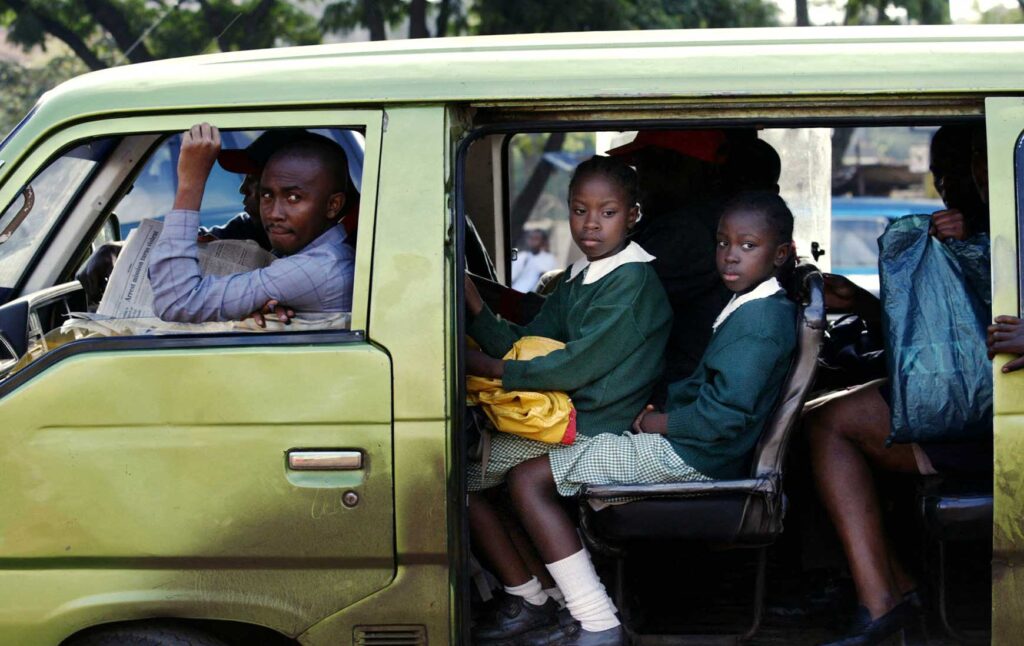
This article examines the intersection of women’s economic participation – measured through employment rates and gender income disparities – and their reliance on transportation systems. It explores how access to reliable and safe transportation influences women’s economic opportunities and overall mobility. The article will shed light on how transportation inequities affect women’s economic inclusion and propose policy recommendations to address these disparities, ensuring that the future of African cities is both inclusive and equitable.
Public transport in Africa includes trains, buses, and minibus taxis, but systems remain severly underdeveloped. As a result, many African countries have more vehicles on the road – around 5,000 per millionpeople – than the global average of just 173 per million. This paradox highlights how limited public transport forces reliance on private and informal vehicles, contributing to congestion and inequality in mobility access.
Women, in particular, face multiple barriers when travelling. They must carefully plan their trips, considering factors such as departure times, safe routes, whether it is secure to walk alone, and whether carrying a child or stroller is feasible. Women in rural areas and those with disabilities are disproportionately affected by affordability and limited access.

The lack of safe and reliable transportation has broad economic, social, and political consequences, affecting workforce participation, educational opportunities, and overall mobility. According to the World Bank, one in four African households is headed by a woman. While female-headed households are more common in sub-Saharan Africa than West Africa, the trend is increasing across all regions.
Safety concerns are also a significant issue. In Kampala, Uganda, eight in 10 women feel unsafe travelling between 10pm and 7am, 75% experienced disputes over transport fares, 54% experienced verbal and other forms of abuse and 35% experienced sexual harassment. In Nairobi, Kenya 80% of women have witnessed verbal or other forms of abuse while using public transport. When was this research done?
Another major hindrance is affordability. Informal transport options, such as minibus taxis, consume a disproportionate share of commuters’ incomes – typically 20-25% of daily minimum wages. Women often spend even more to prioritise safety, further straining household finances.
Historically, research has shown that female-headed households tend to be poorer. A 2016 cross-analysis by van de Walle and Milazzo, examining 24 African countries over 25 years, found that poverty reduction in Africa correlates with a decline in female headship, particularly in contexts of sustained economic growth. However, factors such as shifting social norms, education, and population dynamics also play a role.
Globally, poverty is disproportionately concentrated in Africa. Nearly half of the poor live in sub-Saharan Africa (43%), followed by South Asia (15%), Latin America, and the Caribbean (5.3%). Interestingly, poverty rates do not significantly vary for males and females across all regions.
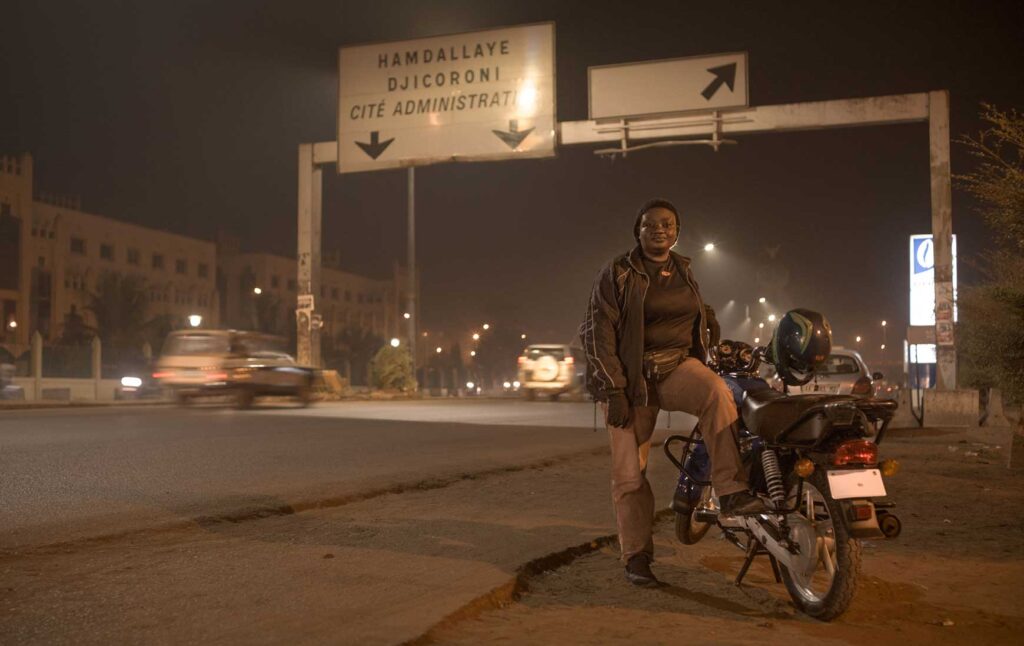
Limited access to transportation hinders economic opportunities and access to education and employment; limited access to safe and reliable transport in developing countries, for example, reduces women’s economic participation in the labour force by 16.5%.
However, recognising the unique mobility challenges women face, several African cities have introduced gender-sensitive transport solutions:
- Nairobi, Kenya: E-hailing platforms like the Lady Bug service allow women to request female drivers for safer travel.
- Lagos, Nigeria: The government has partnered with civil society organisations to develop training for bus operators on gender-based violence and harassment.
- Cairo, Egypt: Women-only metro cars were introduced to reduce harassment on public transport.
Accra Ghana: The West African Transport Academy trains women as bus and truck drivers, fostering inclusivity in the sector.
These initiatives demonstrate a growing commitment to addressing gender disparities in transport. However, systemic changes are needed to ensure lasting impact.
The gender gap in transportation extends beyond accessibility. The sector remains male-dominated, with limited data on women’s participation as drivers, planners, and policymakers. Where statistics are available:
- In Lagos, Nigeria, 44% of drivers are women, compared to 66% of men.
- In Kenya, an estimated 20-30% of women hold a driver’s licence
- In South Africa, only 22% of women have a driver’s licence, compared to 40% of men.
These figures highlight the need for women’s involvement in transport planning, road design, and infrastructure maintenance. However, research identifies several barriers to entry for women in the transport workforce.
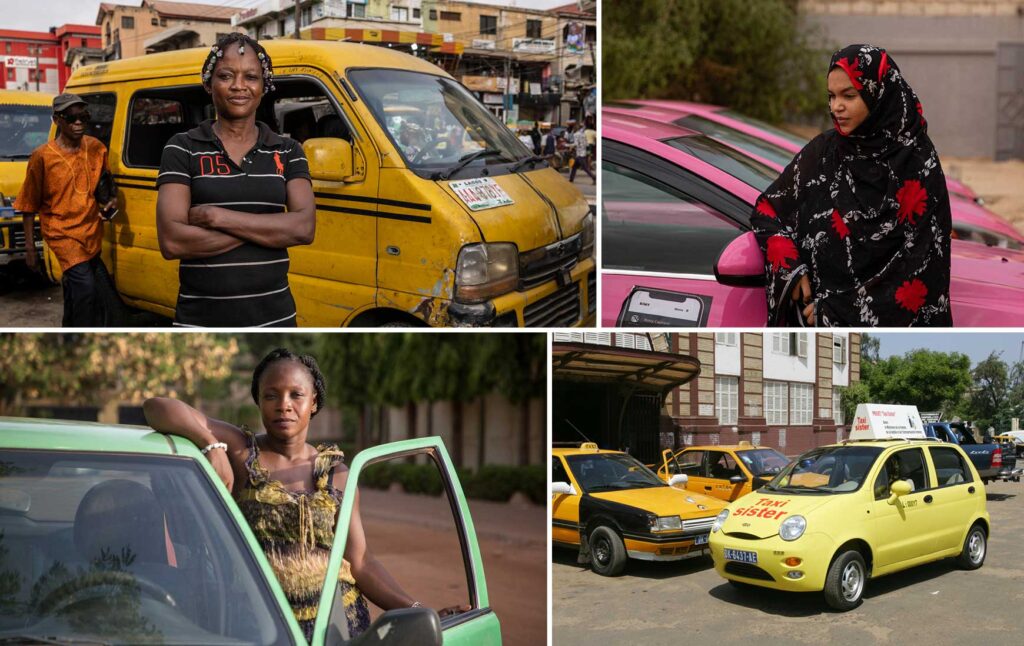
As reiterated, the limited data on gender and transportation in Africa calls for more quantitative research and focus. Research, however, identifies the stresses of balancing long working hours with caring demands, stereotypes that women are bad drivers, widespread violence and sexual harassment, and the lack of appropriate restroom facilities as some of the barriers ro entry. To reduce gender inequality, it is important to understand how women experience transportation, who has access to what mode of transport, and why.
With Facebook being Africa’s most widely used social media platform ( 57% of users) and internet penetration at 43%, digital solutions could enhance transport safety. Governments could establish data-free reporting apps where passengers can report harassment and safety concerns in real time. Such platforms would not only improve data collection for context-specific policy responses but would also reduce fears and intimidation associated with reporting incidents. Digital and real-time reporting would also help officials identify hotspots and tailor interventions, such as deploying female security officers in areas with high rates of sexual harassment or mandating training for transport operators in regions with frequent verbal abuse. Additionally, expanding women-only bus services – already available in 15 countries – could provide safer travel options.
Gaps in transportation are indicative of societal and systemic limitations. While policy interventions such as women-only services and driver training programmes are important, they address symptoms rather than the root causes of gender inequality. True transformation requires integrating gender perspectives into urban planning and policymaking, increasing women’s representation in transport-related decision-making roles, and conducting more quantitative research on gender disparities in mobility.
To effectively reduce gender inequality, it is crucial to understand how women experience transportation, who has access to different modes of transit, and the structural barriers that limit their mobility. Addressing these challenges holistically will not only improve transport equity but also contribute to broader economic and social development.

Dr Mmabatho Mongae is a Lead Data Analyst at Good Governance Africa (GGA), where she plays a key role in developing innovative, data-driven tools to improve governance and urban management across the continent. Her work includes the Governance Performance Index (GPI), a first-of-its-kind assessment of local municipal performance, and the African Cities Profiling Project, an initiative aimed at building a comprehensive information bank to assist cities in enhancing service delivery for both citizens and enterprises. She has a PhD in International Relations from the University of the Witwatersrand, and is a research fellow at the Centre for Africa China Studies.

